09/09/2020 | Category: Commercial Insurance
Health and safety issues for hairdressers

What’s your mental image of a hazardous workplace? A building site or a factory? A warehouse or a dockyard? We think of heavy industry as being risky, but forget that other trades such as hairdressing can also be dangerous.
A hair salon is a business that handles water, chemicals, electrical appliances, blades and cutting machines. What’s more, they’re open to members of the public. There are lots of health and safety issues to consider in a hair salon or barbershop, so let’s look at the main risks.
For any business, quality commercial insurance is vital to ensure you can make it through tough times. Does your business have the cover it needs?
Greater awareness of health and safety
It remains to be seen what the legacy of the Coronavirus will be, but it’s possible that there will be lasting effects in trades such as hair styling.
Like many businesses, hair stylists are having to review their practices, finding new ways to reduce the risk of contamination and disease transmission.
Social distancing in salons also means customers are given more space – could this result in a reduced incidence of slips and trips, as people have more room to move? It’s too early to say what changes are temporary and which are permanent in the industry, but it will be interesting to find out.
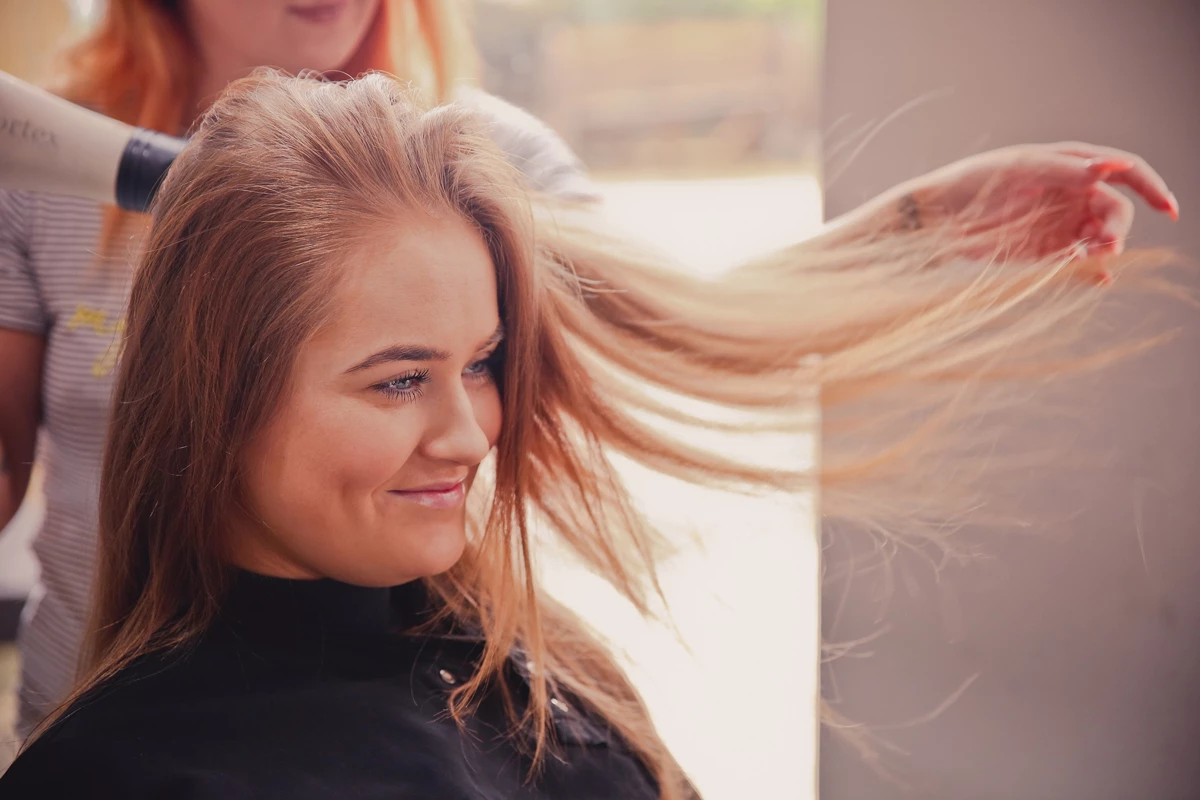
What are the main risks for hair stylists?
Being a hair stylist is about more than just snipping away. Let’s look at some of the problems hair stylists experience.
-
Repetitive strain injury
Repetitive strain injury or RSI is a form of carpal tunnel syndrome. The problem occurs when making similar movements again and again, for example when using scissors to cut hair, causes tendons in the forearm, wrist and hand to swell, in turn putting pressure on nerves. This can lead to pain, numbness and burning or tingling.
-
Back problems
Hair styling involves a lot of standing and bending, which all takes its toll on the back. Over time, this can lead to strains and pain, or even more serious problems such as arthritis.
According to the European Agency for Safety and Health at Work, hairdressers are five times more likely to have musculoskeletal disorders than the normal population. A 2009 study showed that 41% of hairdressers have ‘work-related upper limb disorders’.
-
Dermatitis
Up to 70% of hairdressers have skin damage of some kind – they are 17 times more likely to experience this problem than other workers.
The issue is caused by exposure to chemicals used in hair products, as well as prolonged contact with water through washing and handling wet hair. Dermatitis is a kind of eczema in which skin becomes dry, itchy, blistered and cracked.
Skin may also become inflamed and discoloured. It feels unpleasant for the affected person and looks unsightly.
-
Chemical exposure
Hairdressers work with a combination of chemicals that can cause health problems. A 2010 study showed that hairdressers have a 30-35% higher risk of bladder cancer than the general public, which has been associated with chemical exposure – thankfully, many of the older, more toxic chemicals are now no longer in use.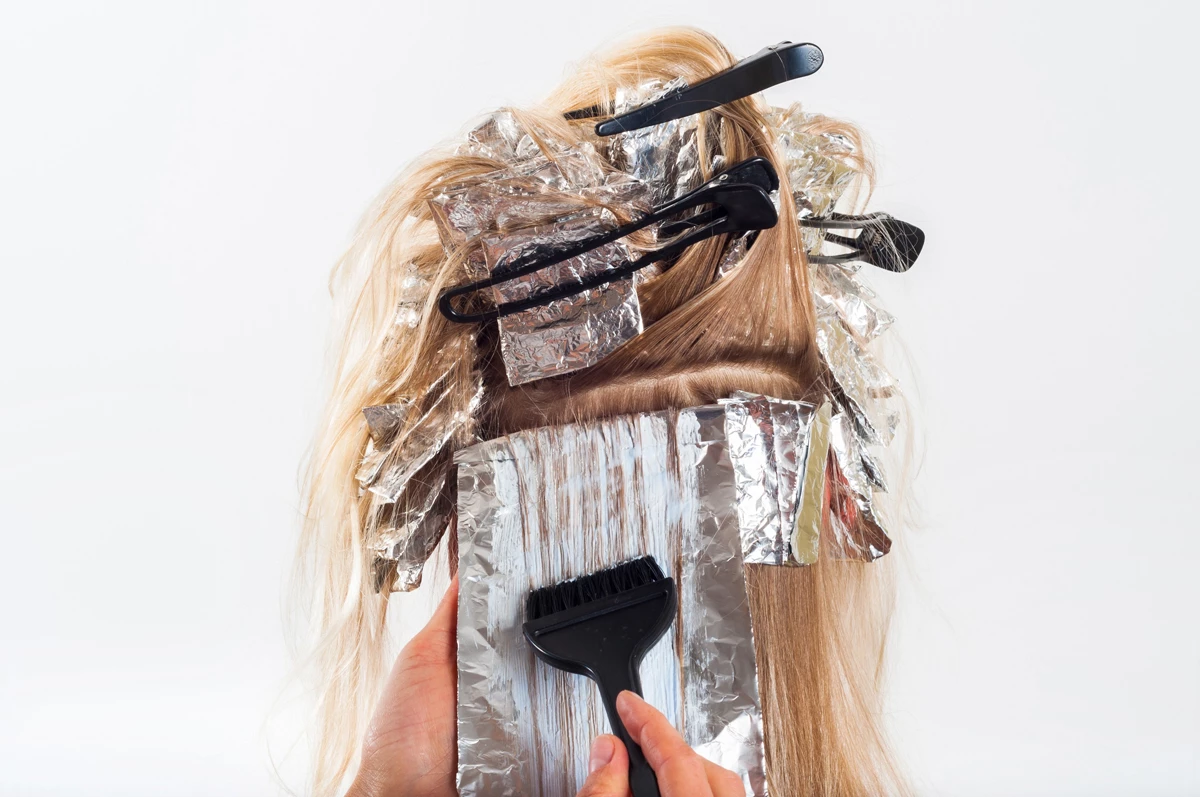
-
Cuts, bruises and burns
Many instruments used in a salon can cause injury, for example from hot curling tongs or straightening irons, scissors or hot hairdryers. These problems are likely to be worse when workers are stressed or do not have enough rest periods.
-
Breathing problems
The air in hair salons is likely to contain hair products, cleaning chemicals, hairspray, solvent fumes and dust from latex gloves. These can all cause wheezing, tightness in the chest and difficulty breathing.
-
Workplace violence
Any job where you come into contact with members of the public puts an individual at increased risk of violence. Stylists and barbers are particularly vulnerable where they work by themselves in a salon. Training can be helpful for workers to know how to manage conflict and de-escalate difficult situations.
-
Eye strain
Salons need to look good in order to keep customers happy. This might mean lighting is not as bright as it should be for stylists to be able to see what they are doing.
A worker could claim that you were negligent in failing to provide appropriate lighting – make sure you have commercial insurance that covers this type of risk.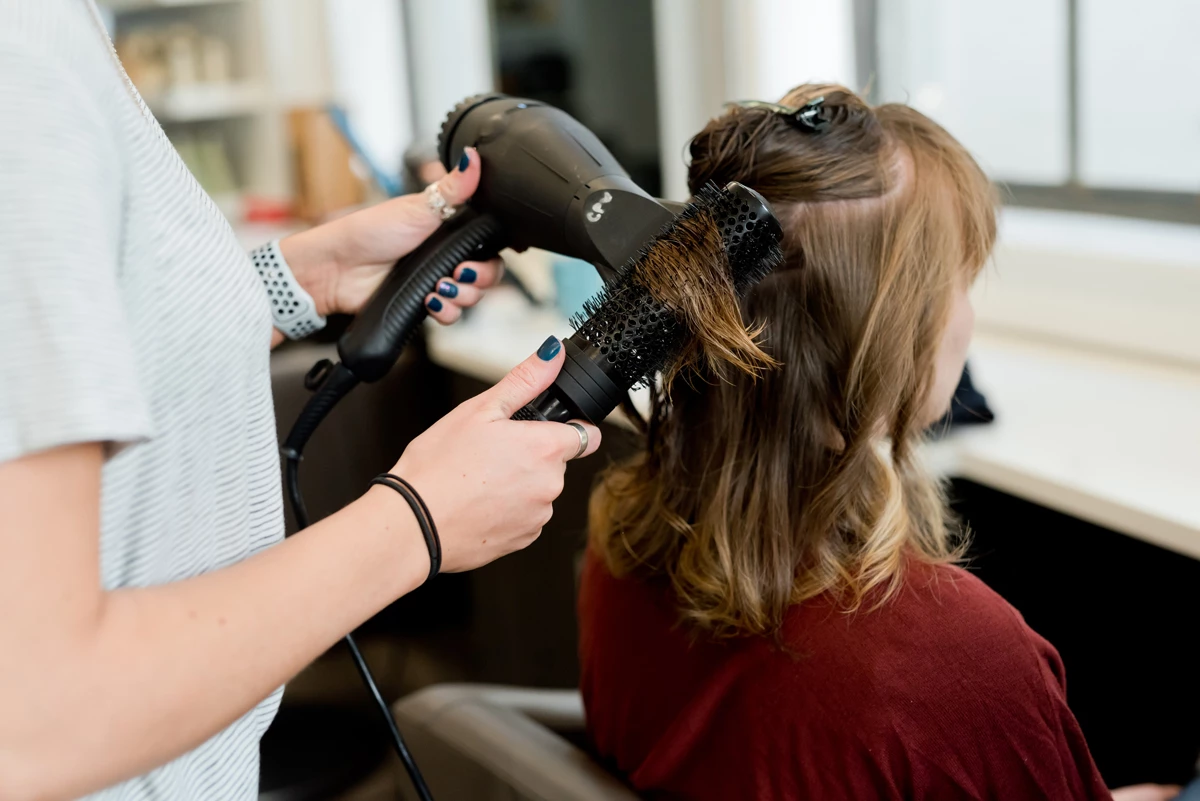
-
Slips, trips and falls
Trailing cords, wet floors and slippy spillages can be hazardous in a salon. Both hair stylists and customers can easily fall and hurt themselves if these hazards are not managed properly.
-
Stress and fatigue
Hairdressing can be a stressful job – working long hours, having to be upbeat and attentive to customers, and concentrating hard all the time as one slip could cause injury or at least ruin a cut. With online reviews now carrying significant influence, one bad haircut can cause serious harm to a stylist’s reputation.
-
Exposure to infectious disease
Working in close contact with members of the public means stylists are at risk of contracting infectious diseases from customers.
This could occur through skin contact or respiratory transmission, as a stylist inhales water droplets breathed out by a customer.
Reducing risk for hair stylists
There are simple measures that can deliver a significant reduction in risk for stylists working in salons. You may also be able to reduce your commercial insurance premium if you can show you have reduced your risk level. Possible measures include:
-
Good design
A badly designed salon can result in injuries. For example, if heavy equipment is stored too low or too high, it can cause back strain or fall on someone. Ensuring that workstations, desks and equipment are within easy reach and can be adjusted for workers of different heights will help reduce risk.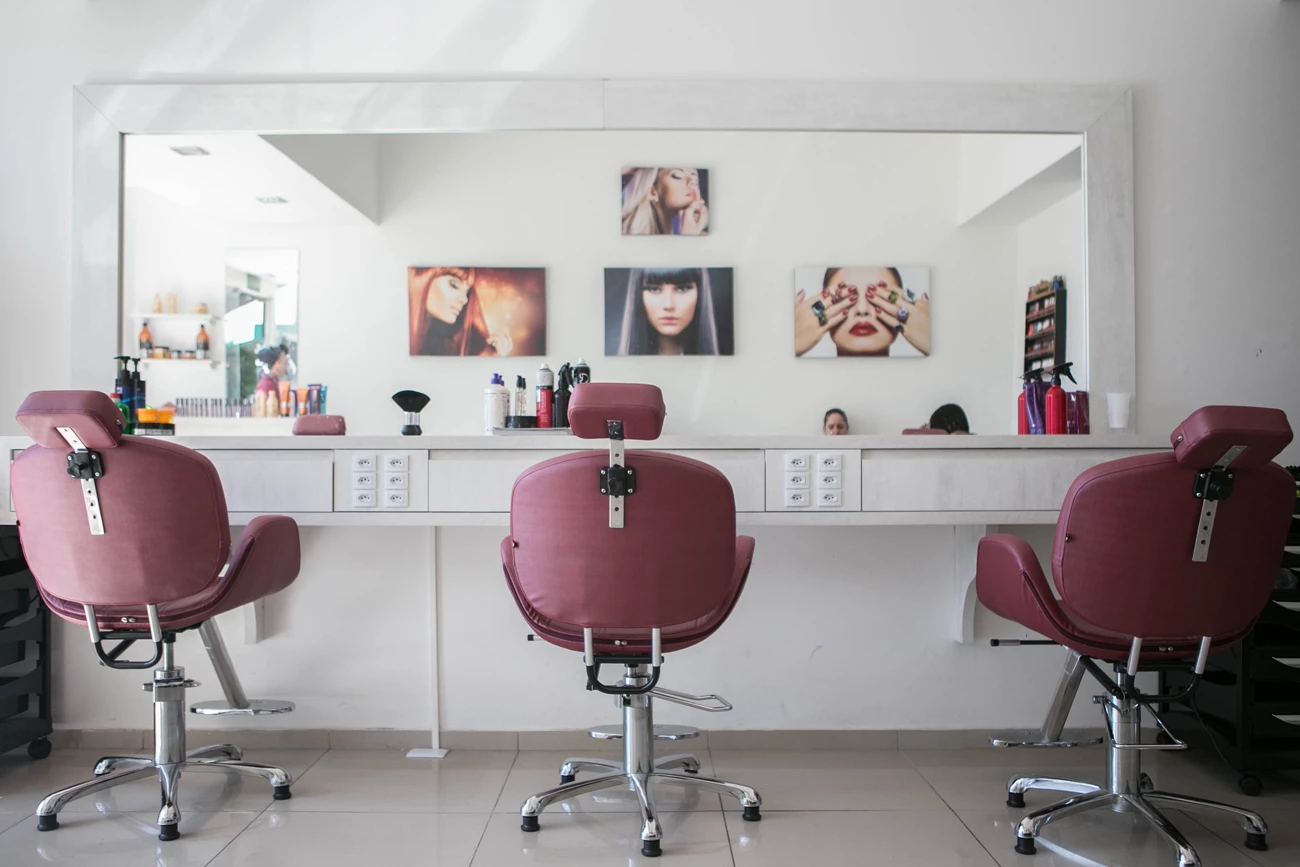
-
Better maintenance
Carrying out regular checks of your equipment and premises will enable you to spot problems before they have a chance to cause injury. For example, keeping scissors sharp and clean will reduce strain on workers’ joints.
-
Protective equipment
Make sure that workers use appropriate PPE such as gloves, aprons and masks when using chemicals, that they wash hands after use and moisturise to prevent dryness. It may also be possible to use an alternative product with less harmful chemicals.
-
Improve ventilation
Good ventilation is usually a no-brainer. A stuffy, steamy salon is unhealthy for staff to work in, but it’s also less appealing for customers and can lead to problems with mould.
Sorting out your airflow will prevent people from breathing in chemicals and make your salon a nicer place to be. You can also opt for wetter products such as pastes rather than powders, which reduces the risk of inhalation for staff.
-
Better cleaning
Cleaning should be carried out at suitable intervals, and every time there is a spillage.
Cleaning equipment after use is essential to remove potentially infectious material. Understanding how to guard against Legionella bacteria is also vital; you should have a checking and cleaning system in place, and keep records of your regime.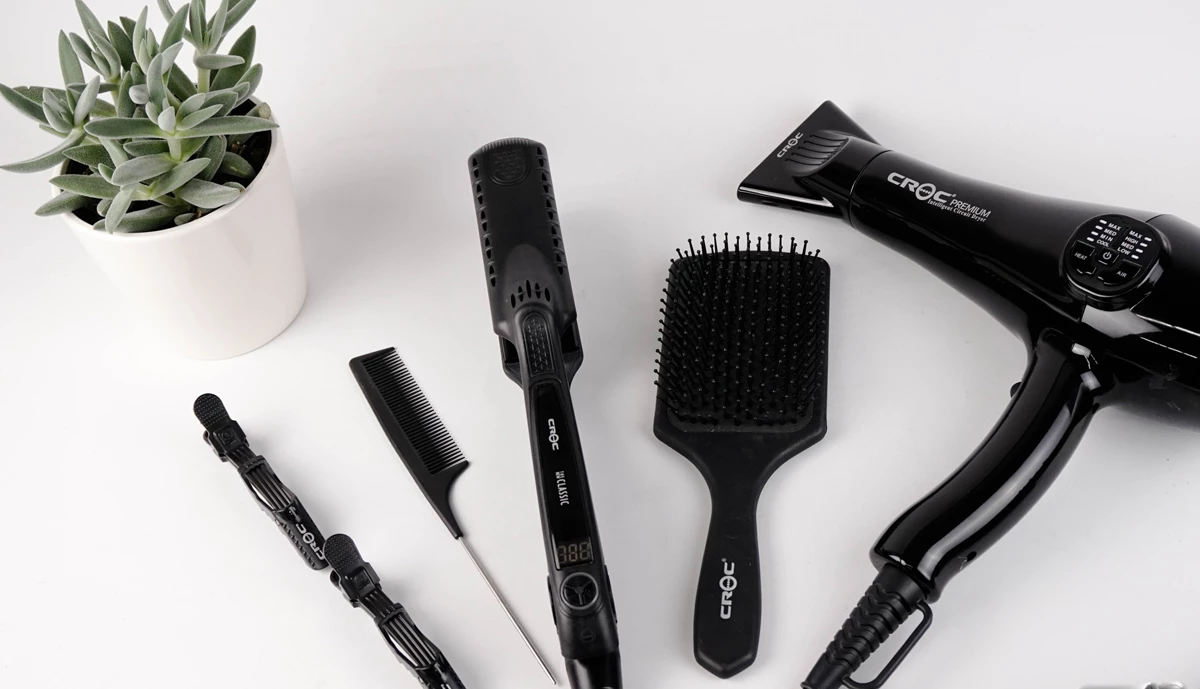
-
A safe fire system
Salons and barbershops are packed with electrical equipment – all those hairdryers, curlers, clippers and straighteners, not to mention the washing machines, fridges, kettles and tumble dryers behind the scenes.
At the very least, you need fire detectors, extinguishers, an evacuation plan and regular fire drills to minimise risk to you, your employees and your customers.
-
Set up an allergy testing system
Storing results about previous sensitivity tests makes future treatments easier and safer. However, there are sensitivities about how this customer data can be stored. Setting up a system for safely recording information in accordance with the law will reduce risk to both you and your customers.
-
Regular training
The importance of training cannot be overstated. Staff should know how to work safely and follow procedures for things like cleaning, lifting and using equipment.
You should also have a first-aid kit and train people in how to use it safely. It is particularly important to train apprentices and trainees thoroughly who may not be familiar with a professional working environment.
The law and hair salons
As a business, hair salons face a different range of risks compared to the individual stylist. Good management of your business requires you to comply with relevant legislation and to follow best practice in managing these risks.
Key laws which apply to hairdressing businesses are the Health and Safety at Work Act 1974, the Control of Substances Hazardous to Health Regulations (COSHH) 2002 and the Cosmetic Products (Safety) Regulations 2004.
By law, every employer must produce a risk assessment for their business, which should be in writing if you have more than five employees. If you employ people under the age of 18, you should also produce a risk assessment, which takes their lack of experience into account.
Even if all the stylists in your salon operate on a self-employed basis, you will still need to ensure your business is run responsibly and that they are safe while on the premises. You should always understand your liabilities as a business and what types of damage are covered by your commercial insurance policy.
For a business, risk areas such as Legionella management, manual handling, slips and trips, electrical safety and fire safety, and working alone in the salon should all be carefully considered. 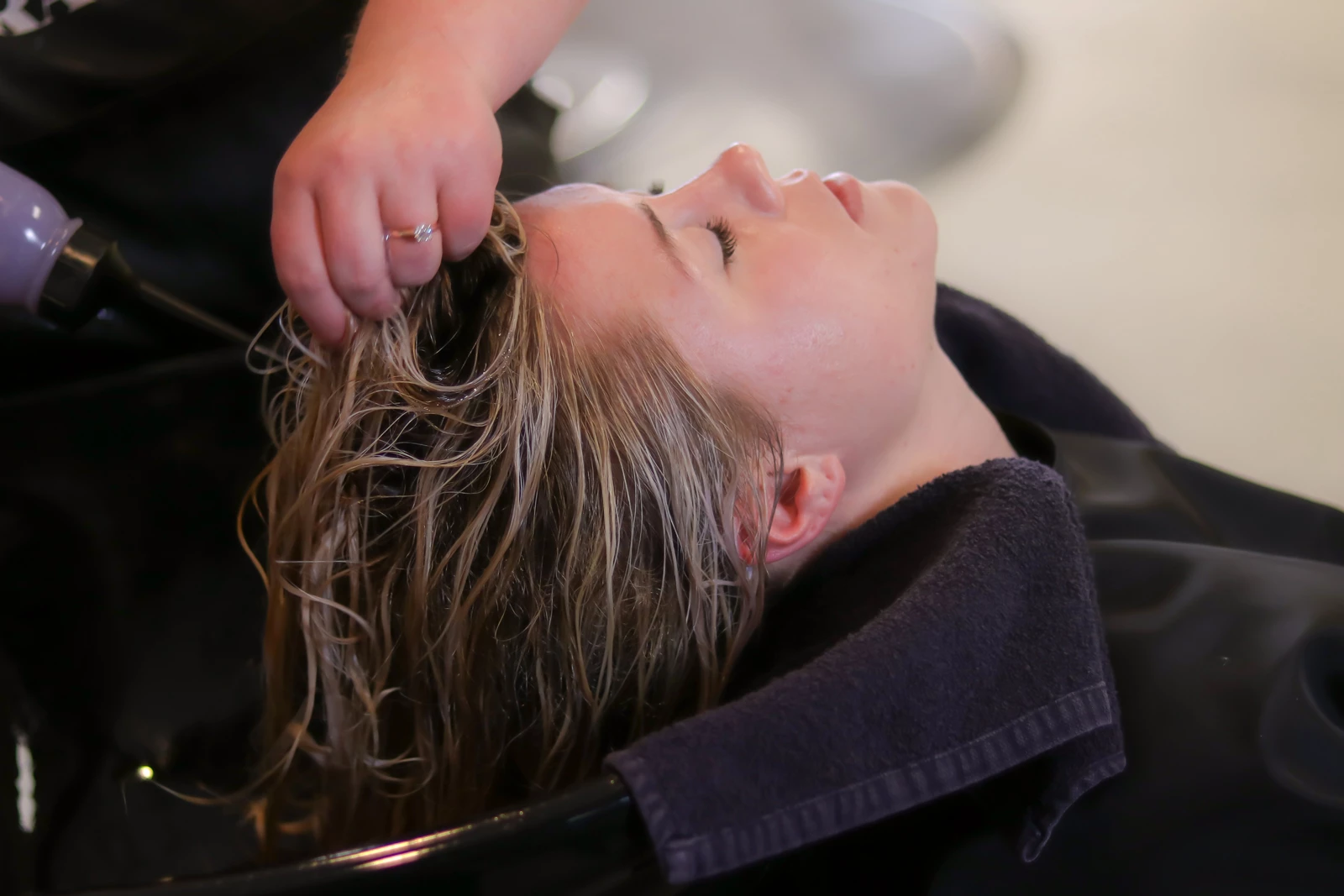
How do risk assessments help salon managers?
A risk assessment should be much more than just a piece of paper or a legal box-ticking exercise. When carried out correctly, a risk assessment can not only prevent accidents and mishaps, but identify ways in which your business can become more successful and efficient.
Workers know when their employer takes health and safety seriously. Knowing that their health matters helps to improve morale and incentives to work hard – if an employer seems careless or uninterested in worker safety, then the opposite applies.
Working through a risk assessment and developing a set of policies is a step-by-step process that helps you see the bigger picture of how your business works. It helps you to spot gaps in your management system, for example over how you handle customer data, and to address these before they become a problem.
Of course, all of this is only useful if policies are actually implemented – the leadership of the salon should be clear about what is expected and ensure communication with staff is good so that rules are followed.
Setting an example is important, otherwise staff will think there is leeway around things such as cleaning and tidiness, leading to lower standards.
What does commercial insurance for hair salons cover?
The exact needs of each salon are individual, and so the cover you need will also vary. As a minimum, it is likely that you will need:
-
Buildings and contents cover
This protects you if something happens to your premises such as a fire or a leak, covering the cost of repairing the building and replacing damaged contents within.
-
Employer’s liability
This form of cover supports you if an employee claims you have done something wrong which caused them harm, such as failing to manage trip hazards or storing chemicals incorrectly.
-
Public and product cover
This covers you against compensation claims for harm to a third party. For example, this might apply if someone trips over an A-frame sign of yours outside your premises, or if you sell a shampoo to a customer who claims the product was faulty.
-
Business interruption
This form of insurance provides cover so you don’t lose out if your income is reduced or stopped by circumstances outside of your control. This might apply, for example, if there is a fire or riot in your town which means you have to close.
You might also want to consider cover to protect your stock, equipment, glass and signage, debts and money held on your premises. Cyber insurance is also increasingly important, as traditional businesses transform to using digital systems to manage payments, bookings and store customer data.
Do you need commercial insurance to protect your salon business? Why not contact Insurance Choice for a quote today?
